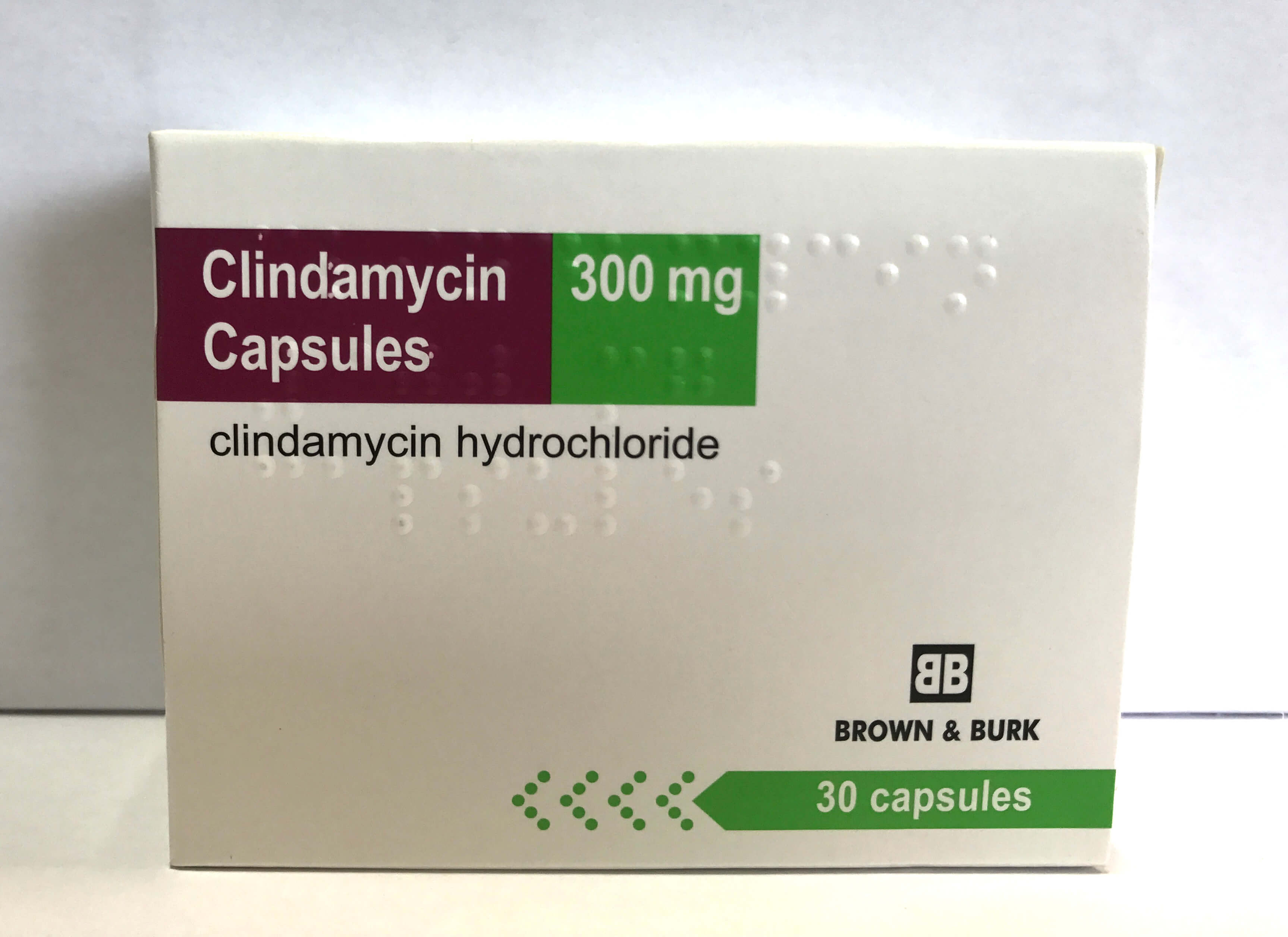Nifedipine, a calcium channel blocker, is widely prescribed for the treatment of hypertension (high blood pressure) and angina pectoris (chest pain). It works by relaxing the muscles of the heart and blood vessels. While nifedipine is effective in managing these conditions, it can also cause a range of side effects, some of which may be mild and temporary, while others can be more serious. Understanding these potential side effects is crucial for patients to manage their treatment effectively and minimize risks. Here are 10 nifedipine side effects to watch out for:
1. Edema (Swelling of Feet, Ankles, and Hands)
One of the most common side effects of nifedipine is edema, which is the swelling caused by excess fluid trapped in the body’s tissues. This swelling typically occurs in the feet, ankles, and hands. It’s usually mild but can be uncomfortable and may be a sign of the body’s initial adjustment to the medication.
2. Dizziness and Lightheadedness
Nifedipine can cause a sudden drop in blood pressure, leading to dizziness and lightheadedness. This is particularly noticeable when standing up from a sitting or lying down position. Patients are advised to rise slowly and carefully to minimize the risk of falling.
3. Headache
Headaches are a common side effect of many medications, including nifedipine. The exact mechanism is not always clear, but it could be related to the changes in blood pressure or the effect of the drug on blood vessels in the brain.
4. Flushing
Some patients taking nifedipine may experience flushing, which is a sensation of warmth or heat, often accompanied by a redness of the skin. This side effect is usually harmless but can be uncomfortable and noticeable.
5. Nausea and Vomiting
Gastrointestinal side effects such as nausea and vomiting can occur with nifedipine. These symptoms are typically short-lived and may improve as the body adjusts to the medication. However, if they persist, patients should consult their doctor for advice.
6. Constipation
Constipation is another gastrointestinal side effect associated with nifedipine. This can be managed with dietary changes, increased fluid intake, and, if necessary, over-the-counter medications to soften the stool or stimulate bowel movements.
7. Palpitations
Some patients may experience palpitations, which are irregular heartbeats that can feel like pounding, fluttering, or skipping a beat. While this can be alarming, in most cases, it’s a temporary side effect. However, it’s essential to report any changes in heart rhythm to a healthcare provider.
8. Rash
A rash or skin eruption can occur as an allergic reaction to nifedipine. This is less common but requires immediate medical attention if it happens, as it could be a sign of a more serious reaction.
9. Fatigue
Feeling unusually tired or weak is a potential side effect of nifedipine. This could be due to the drug’s effect on blood pressure and circulation, among other factors. Patients experiencing persistent fatigue should discuss this with their healthcare provider.
10. Gingival Hyperplasia (Gum Overgrowth)
Although less common, nifedipine can cause gingival hyperplasia, a condition where the gums grow over the teeth. This side effect is more likely with long-term use and can be managed with good oral hygiene practices and regular dental check-ups.
What should I do if I experience severe side effects from nifedipine?
+If you experience severe side effects from nifedipine, such as severe dizziness, significant swelling, or signs of an allergic reaction, seek medical help immediately. Your healthcare provider may need to adjust your dosage or switch you to a different medication.
Can I stop taking nifedipine if I feel better?
+No, you should not stop taking nifedipine without consulting your doctor first. Stopping the medication abruptly can lead to a return of the original condition or even worsen it. Your healthcare provider will advise you on the best course of action based on your health status.
Are there any foods or drinks I should avoid while taking nifedipine?
+While taking nifedipine, it's generally recommended to avoid grapefruit and grapefruit juice, as they can interact with the medication and increase the risk of side effects. Discuss any dietary restrictions or concerns with your healthcare provider.
In conclusion, while nifedipine is an effective medication for managing hypertension and angina, it’s crucial for patients to be aware of the potential side effects and take proactive steps to manage them. Regular communication with a healthcare provider and adherence to the prescribed treatment plan can help minimize risks and ensure the safe and effective use of nifedipine.



